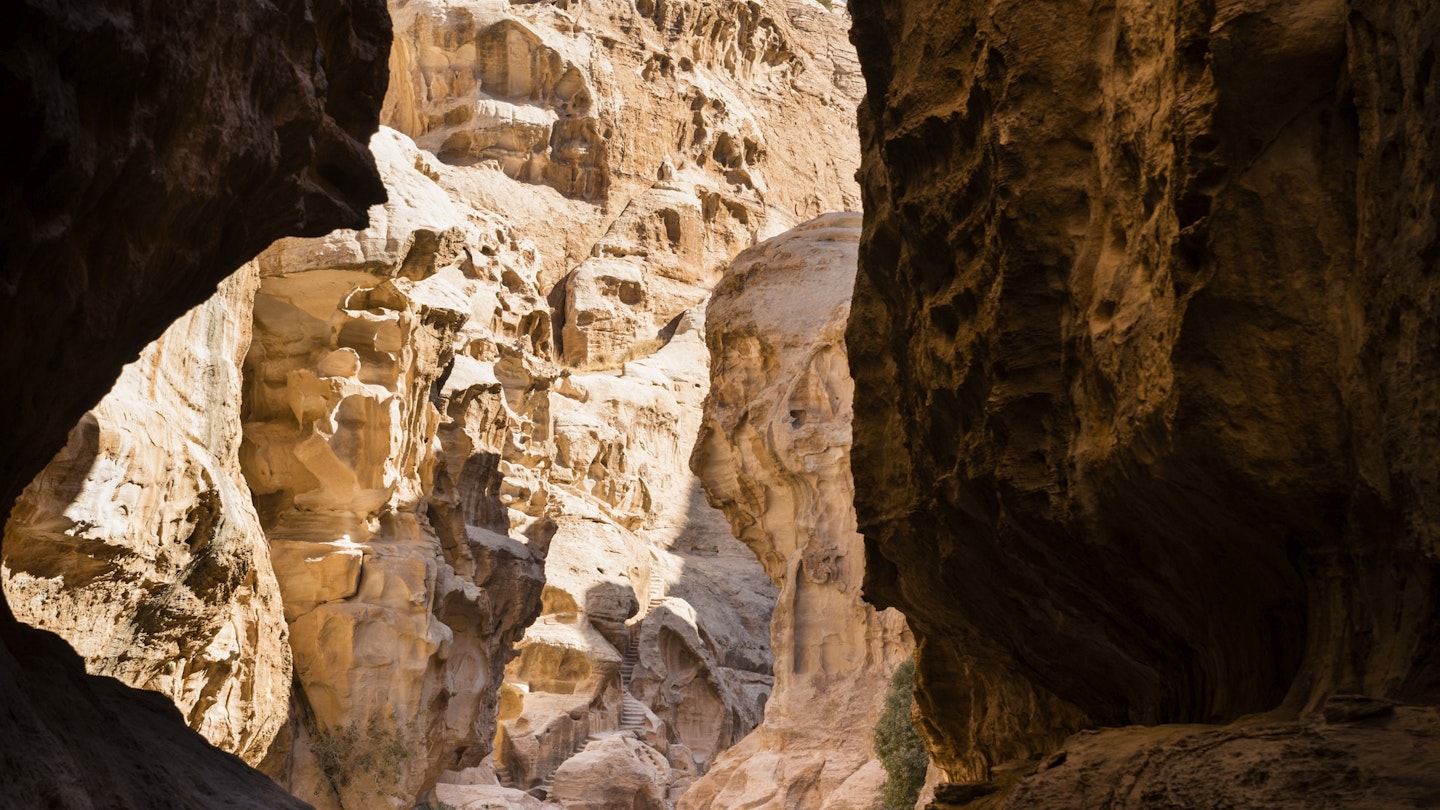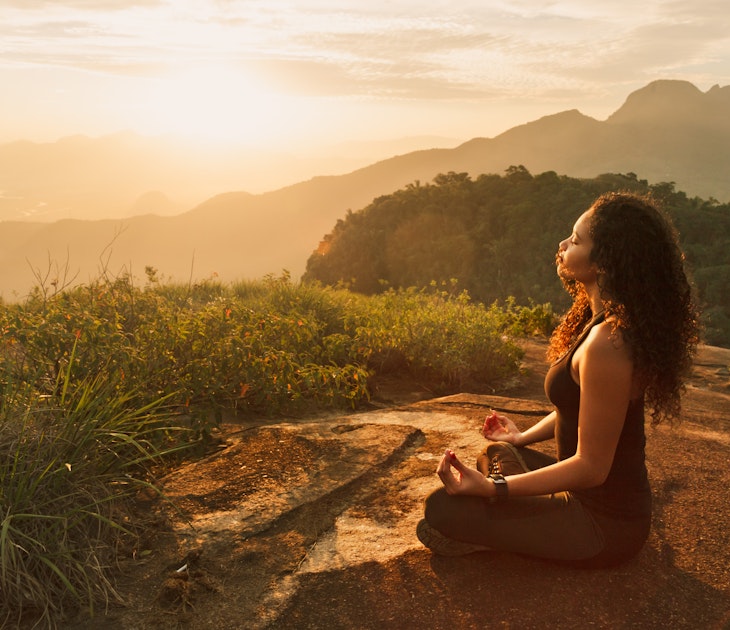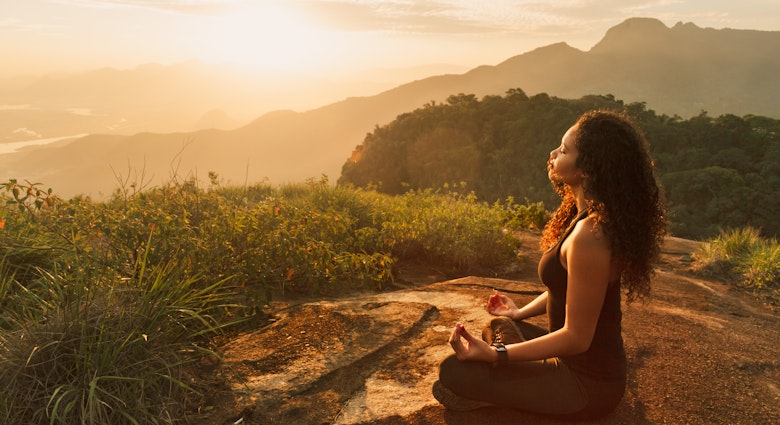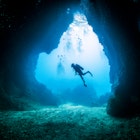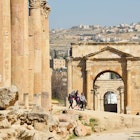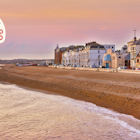Too frequently these days we only hear about the Middle East for all the wrong reasons, but there are so many positive experiences to be had here – this is the cradle of all civilisation west of the Hindu Kush and a place which, for the adventurous traveller, offers a rich blend of unique antiquity, thriving modernity and the ultimate wilderness.
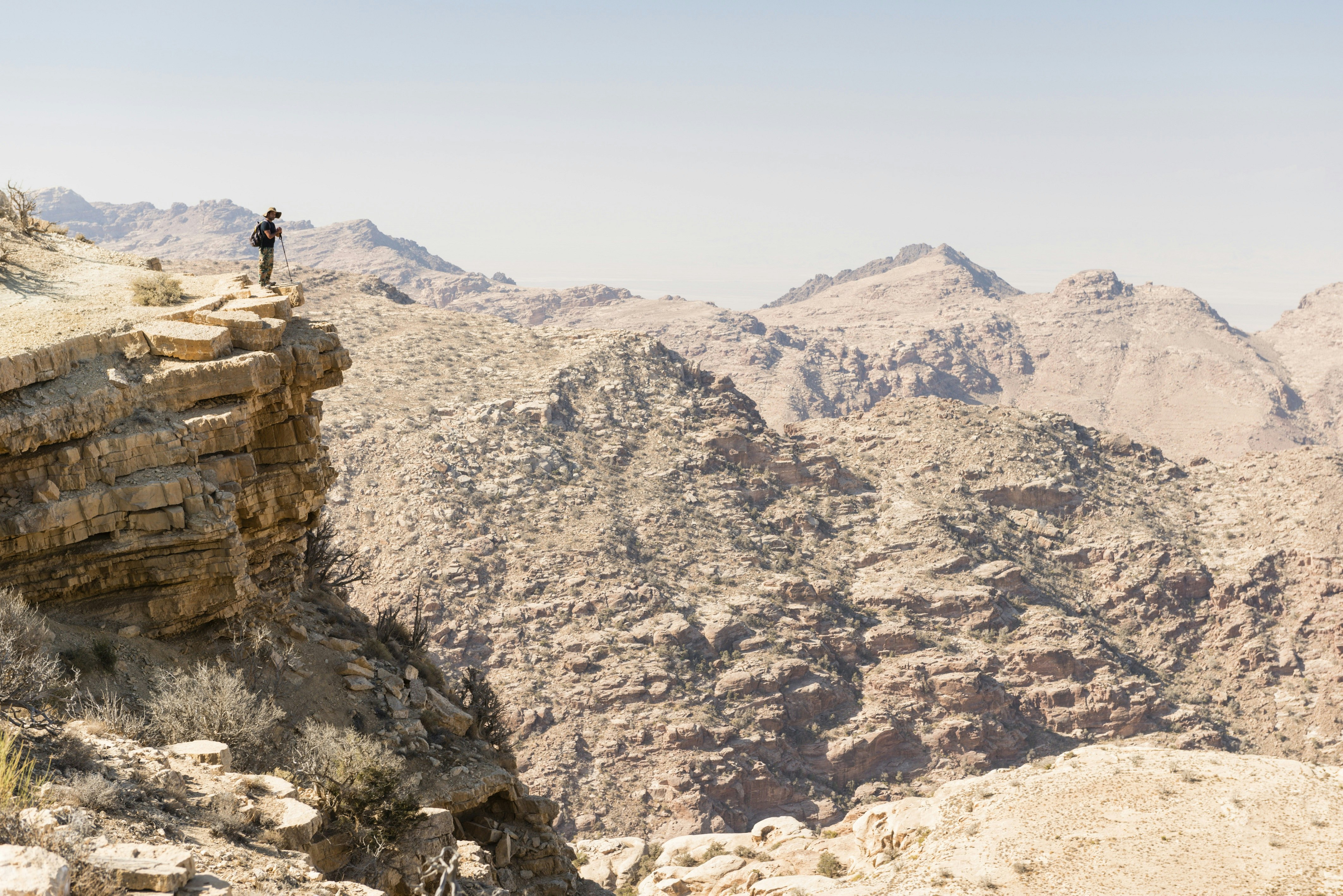
Hiking
The most epic trail, which allows you to explore the nation of Jordan intimately, is the 650km Jordan Trail – it tracks the ever-changing landscapes of the country, from Umm Qais in the north to Aqaba in the south. Partially waymarked, the route is divided into eight sections, takes about 36 hiking days, and passes 52 villages and all the iconic sites: the rock-hewn city of Petra, the moon-like terrain of Wadi Rum, the Byzantine ruins in Tel Mar Elias, the 12th-century Muslim castle at Kerak and the olive trees and farmlands of Carakale.
Step up: eight epic hikes of the world

Hiking in Israel and the Palestinian Territories is not only the best way to escape crowds in major cities, it also offers the chance to see just how diverse the landscape is; from the cobalt-blue Israeli coastline to vast deserts in the south and terraced olive groves above the Jordan River. It is also a place where walking is an intrinsic part of the history, and you can quite literally follow in the footsteps of Abraham, Moses and Jesus. Hiking here is well-established, with nearly 16,000km of managed trails. The longest and most exciting of these is the Israel National Trail, which runs from the Gulf of Aqaba in the south to near the Lebanese border. In the West Bank, the Masar Ibrahim al-Khalil (Abraham Path) takes hikers from rolling green hills to desert monasteries and wilderness in the south, connecting Palestinian communities along the way. Trails like these show the reality of a misunderstood place, and offer an unparalleled insight into the culture, hospitality and natural beauty.
In newly accessible Saudi Arabia hikers can take on natural wonder that is Wadi Tayeb Al Ism (the Valley of Moses). The sandy trail starts near the Red Sea coast and weaves through the 600m-high canyon.
Trail running
Lebanon's walking tracks and donkey paths, worn into the mountain sides over millennia, have created huge trail running potential. Nowhere is better than the 470km Lebanon Mountain Trail – a miracle of environmentalism and civic pride in a land that has long suffered from sectarianism – takes in isolated peaks, hidden valleys and welcoming villages as it traverses the country’s spine.
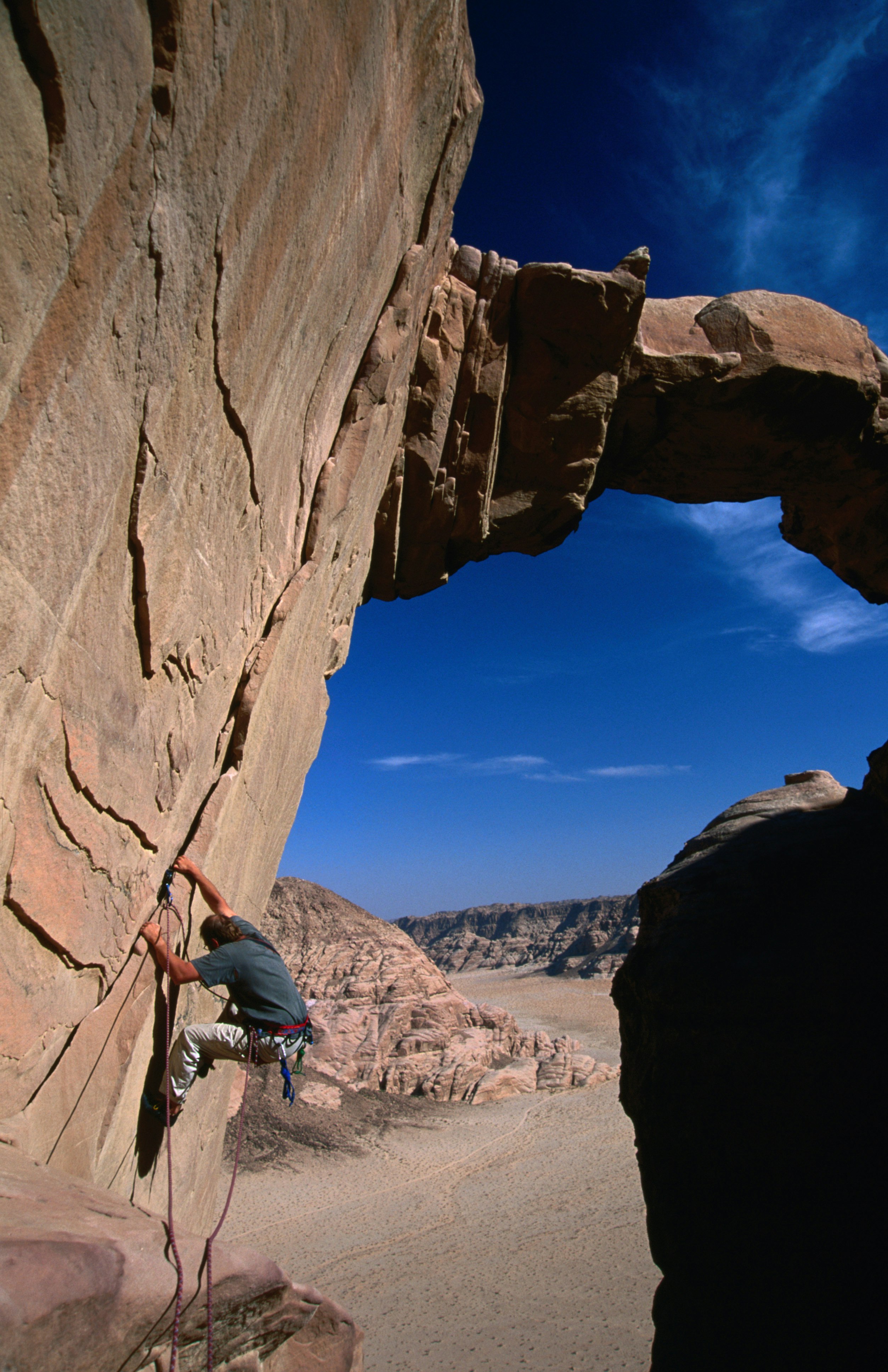
Rock climbing
Jordan possesses nature’s own Gaudí-esque sandstone architecture, which protrudes from the silt like the rump of a hibernating beast. This landscape makes many feet and hands itch with desire to clamber up Wadi Rum’s jebels (mountains), and this place is irresistible for true trad and sport climbers. Mount the highest peak of Jebel Um-Adaami – from the summit of which you can gaze into Saudi Arabia – climb up one of the many Bedouin routes on Jebel Rum or scramble your way (rope-assisted) to the much photographed Burdah Bridge on Jebel Burdah.
Top 10 things to know before you visit Jordan
Lebanese climbers have been quietly developing their own limestone crags, the best of which are in Tannourine, a secluded valley echoing with history, blessed by solid rock, friendly locals and plenty of bolts.
Canyoning
Slicing through the desertscape of Jordan near the Dead Sea is the 800m-deep Wadi Mujib. Here you can spend hours, days even, canyoning – sliding and slotting through the rock, rappelling down drops and navigating through this water-rich gorge, which sits 410m below sea level
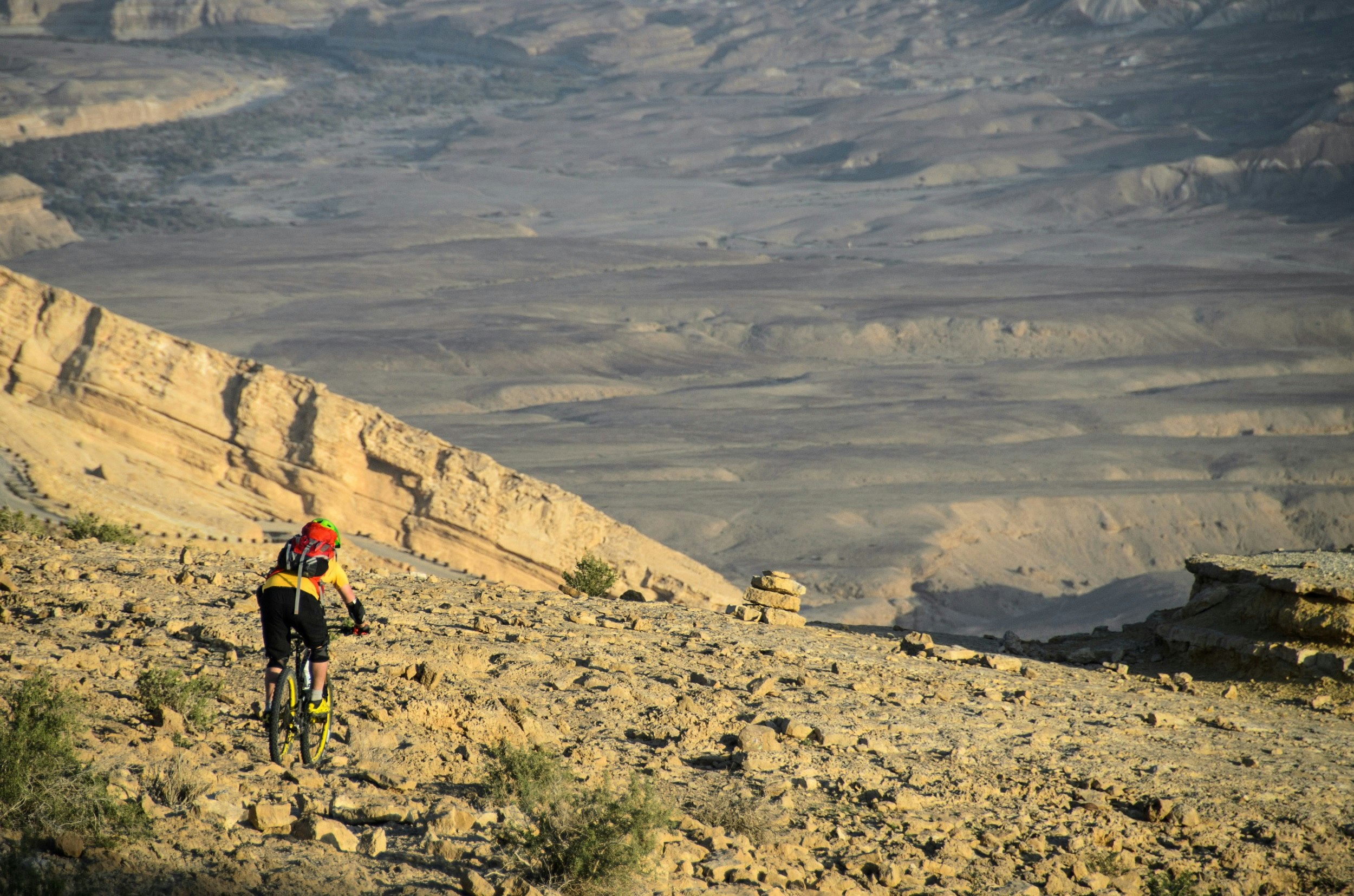
Mountain biking
The landscape of Israel is one that cries out for a mountain bike. There are hundreds of kilometres of dedicated singletrack, all of which encourage speed – look no further than either the Israel Bike Trail in the south, or the Sugar Trail that runs from Jerusalem to the Dead Sea.
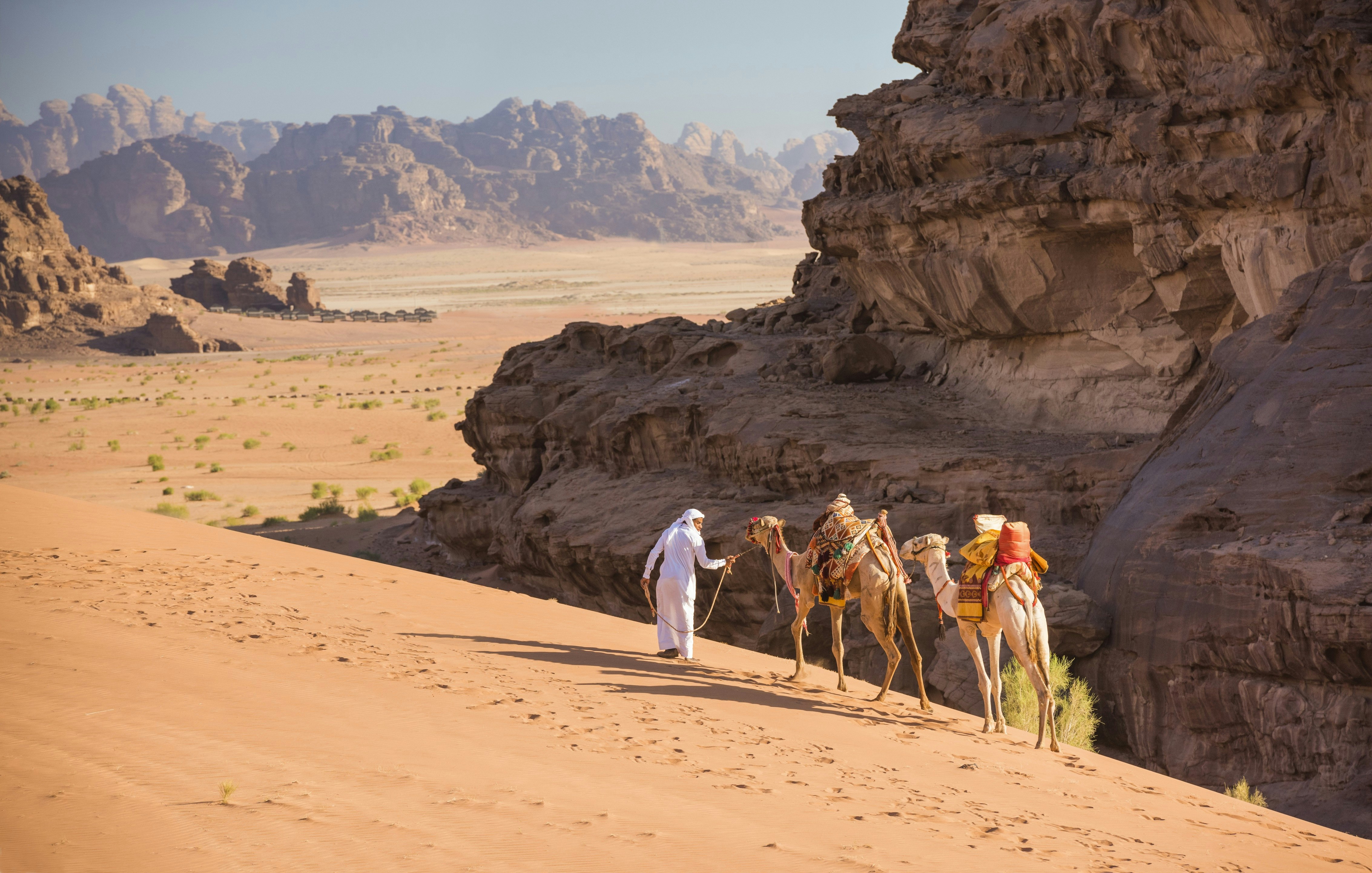
Camel & horse trekking
In the west of Egypt lies the vastness of the Sahara Desert, where, slowed to the ancient rhythm of the camel’s march, you can get swallowed by the sands and by time. Striking out from a gateway town – in the north, Siwa with its crumbling fort, or Al-Kharga, Dakhla and Bahariya in the south – your camel train traverses barely discernible tracks across the shifting ground to connect vital oases. Out here, beyond the last outpost of human habitation, the desert is all contrast, permanence and transience, where in its very enormity the small details will sing to you.
It’s been more than a hundred years since Lawrence of Arabia traversed the deserts of the Valley of the Moon (Wadi Rum) in Jordan, but the thought of travelling over its blood-red sand by camel or horse, as he did, still holds allure. Most quadruped safaris start at the entrance to the Unesco Heritage Site, where Bedouin guides will take you beneath the orange cliffs, setting up camp under the shade of the rocks for half-day and multiday tours.
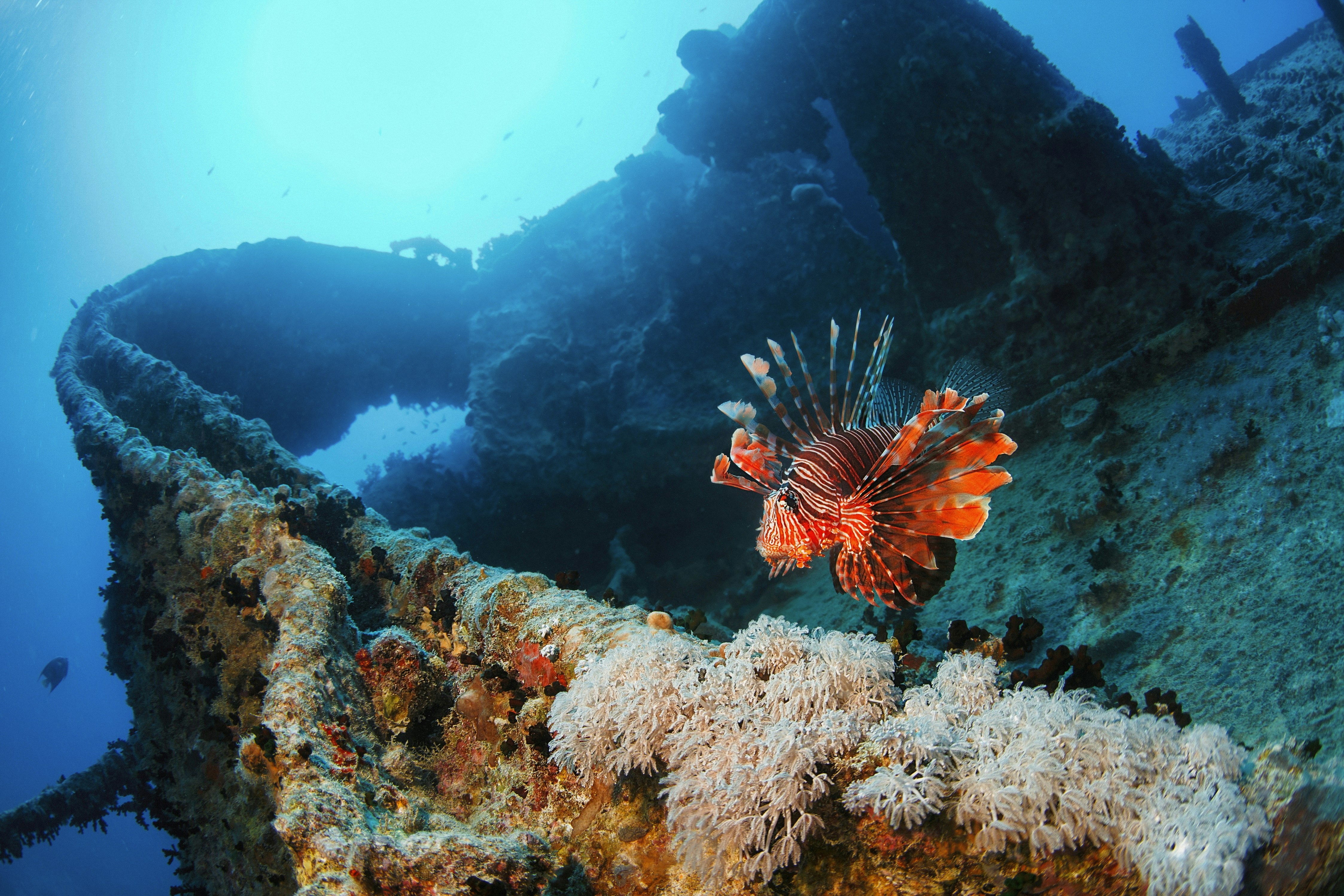
Diving & snorkelling
The spectacular Blue Hole in the Sinai Peninsula of Egypt is not just one of the Middle East's best dive sites, it's one planet’s most famous… and one of the deadliest. Only a few metres from shore, the submarine sinkhole is 94m deep and, according to legend, it’s cursed by a young woman who drowned herself to escape an arranged marriage. The feature that has earned it the nickname "Divers’ Graveyard" is the Arch, a horizontal tunnel that bores 26m through the reef out to open sea, the entrance to which is at 56m – well beyond recreational diving limits. The temptation to explore the Arch has ended tragically for at least 40 people, but those diving within their limits will find a sensational site, as safe as any other.
Elsewhere in the Egypt's waters of the Red Sea, the British supply ship SS Thistlegorm is a world-class wreck dive. Sunk in 1941, it lay undisturbed at 30 metres until Jacques Cousteau discovered it in 1956. Parts of the 131m-long hull have been peeled back to reveal the ship’s innards and a bounty of World War II relics, including munitions, rifles, motorbikes, train carriages and trucks.
In Jordanian waters, under the waves, away from sprawling developments, a glorious cavalcade of colourful coral awaits at locations such as Aqaba Marine Park, where you can meet turtles, blue-spotted rays, snappers, barracudas and lionfish, and explore several shipwrecks, including a submerged M42 Tank.
